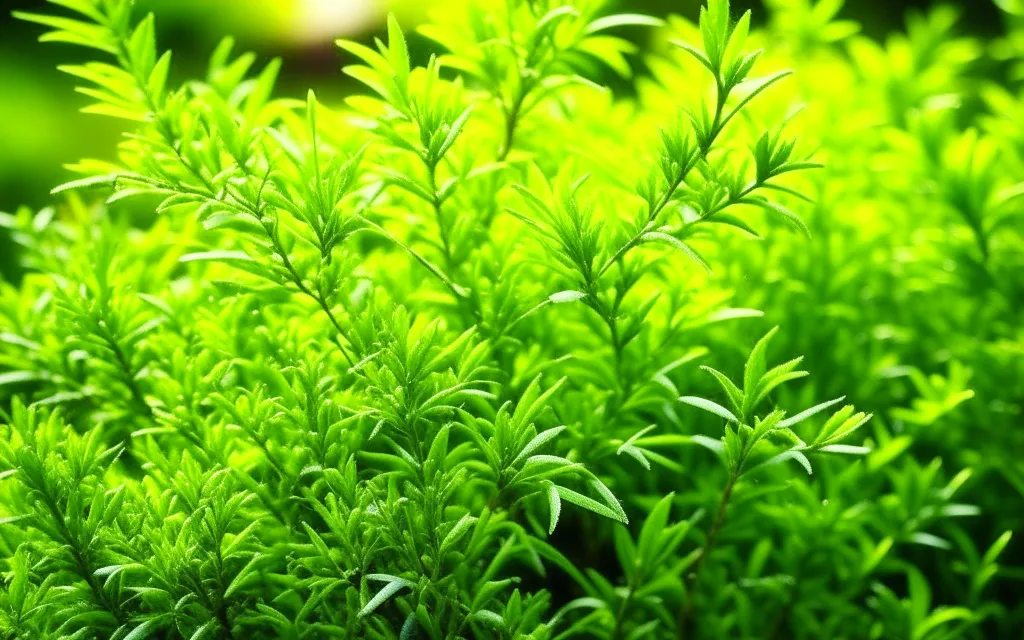
Discovering Summer Savory: A Gardener’s Delight
Hey there, fellow gardening enthusiast! If you’re looking to spice up your garden and your dishes, let me introduce you to a delightful herb: Summer Savory. This vibrant herb not only enhances the flavor of your meals but is also a super easy plant to grow. So, what exactly is Summer Savory? Well, it’s a hardy annual, native to the Mediterranean region, with a flavor profile that’s often likened to thyme and mint, making it a fantastic addition to any herb garden.
Now, when it comes to growing requirements, Summer Savory thrives in well-drained soil and enjoys full sun. It’s a low-maintenance plant that can tolerate dry conditions, which is great for us busy gardeners. Just be sure to give it regular watering, especially during those hot summer days!
A Brief History
Did you know Summer Savory has a history that stretches back to ancient Greece? It’s been used for centuries not just for culinary purposes but also for medicinal reasons. Back in the day, it was known to aid digestion!
Different Ways to Grow Summer Savory
You can grow Summer Savory in various ways—whether it’s in traditional beds, containers, or even vertically! I personally love using vertical space, especially if you’re short on ground space. Creating a vertical herb garden can add an attractive feature to your yard while saving room for other plants.
There are a couple of common varieties of Summer Savory: the standard Summer Savory (Satureja hortensis) which is most popular, and then you’ve got the winter version (Satureja montana). The winter variety is a bit more robust with a stronger flavor, perfect for those hearty winter dishes!
The Benefits of Companion Planting for Summer Savory
Now, let’s chat about companion planting. You might be wondering, “What are the benefits of companion planting for Summer Savory?” Well, I find it’s all about creating a harmonious garden ecosystem. When certain plants grow together, they can boost each other’s growth, repel pests, and even improve flavor! Talk about a win-win!
Good Companion Plants for Summer Savory
So, what should you plant alongside Summer Savory for maximum benefits? Two fantastic options are beans and onions. Let’s dig deeper.
Plants to Avoid
Interestingly, there’s nothing specifically that you need to avoid when planting Summer Savory. It’s pretty forgiving! However, if you’re planning a diverse garden, just keep an eye on spacing—keeping at least a foot between those beans, onions, and your Summer Savory to ensure they don’t end up competing for space or nutrients.
Wrapping It Up
Adding Summer Savory to your garden can definitely enhance both your gardening experience and your culinary creations. Pair it with beans and onions to get the best out of your summer garden, and don’t worry about those pesky “plants to avoid.” With the right companions, you’ll be well on your way to a thriving herb garden. So, are you ready to plant some Summer Savory? Happy gardening!
Companion Plant Spacing Guidelines for Summer Savory
I’ve always believed that knowing how to properly space plants can make a world of difference in our gardens. When it comes to companion planting, especially with Summer Savory, you’ll want to consider these guidelines for spacing various types of plants. Let’s dig in!
General Rule for Beans and Onions
When planting beans or onions alongside Summer Savory, aim for a spacing of about **12-18 inches**. This will give each plant sufficient room to thrive without competing too much for resources.
Guidelines for Tall Companions
Tall companions can provide shade and help regulate temperatures. For these plants, I recommend spacing them at about **18-24 inches** from Summer Savory. Taller plants like **Tomatoes** and **Corn** not only complement Summer Savory in flavor but also make great partners in the garden.
Guidelines for Low-Growing Companions
If you’ve got some low-growing plants, such as **Cabbage** or **Spinach**, they can be spaced about **6-12 inches** away. They’re perfect for tucking in around Summer Savory, helping to create a lush, layered effect in your garden.
Guidelines for Strongly Aromatic Companions
Strongly aromatic plants can enhance the flavor of Summer Savory and deter pests. Space these companions about **12-18 inches** apart. Consider using **Thyme** or **Oregano**—their scents can mingle beautifully with savory without overwhelming it.
Guidelines for Nutrient-Heavy Feeders
Nutrient-heavy feeders like **Squash** or **Peppers** need a bit more elbow room due to their resource demands. Plan for at least **18-24 inches** of space from your Summer Savory. Remember, while they can take a lot, they can also help enrich the soil for future crops!
Guidelines for Spreading or Vining Companions
For spreading plants like **Cucumbers** or **Pumpkins**, make sure to keep a distance of at least **24-36 inches** from Summer Savory. These plants can take up quite a bit of room and need space to spread out effectively.
Adapting to Your Garden Conditions
As always, adjusting based on your specific garden conditions is key. Soil type, moisture levels, and sunlight can all affect how you space your plants. It’s a good idea to check the mature sizes of your chosen companions to avoid overcrowding and ensure each plant has what it needs to flourish.
Companion Plant Overviews
Beans
Beans aren’t just great companions for Summer Savory—they also do wonders with plants like **Corn** and **Carrots**. They fix nitrogen in the soil, which benefits neighboring plants. Just ensure you space them well to allow Plenty of air circulation!
Onions
Onions are fantastic when partnering with **Carrots** or **Beets** as well. Their pungent aroma can help deter pests, making them a savvy choice for planting. Similar to beans, spacing is crucial: they appreciate some distance to ensure they grow large and healthy without congestion.
With these tips in hand, I’m excited to see how your gardens will flourish! Remember, planting is as much an art as a science—don’t hesitate to experiment and adapt based on your unique gardening setup. Happy planting!

Leave a Reply